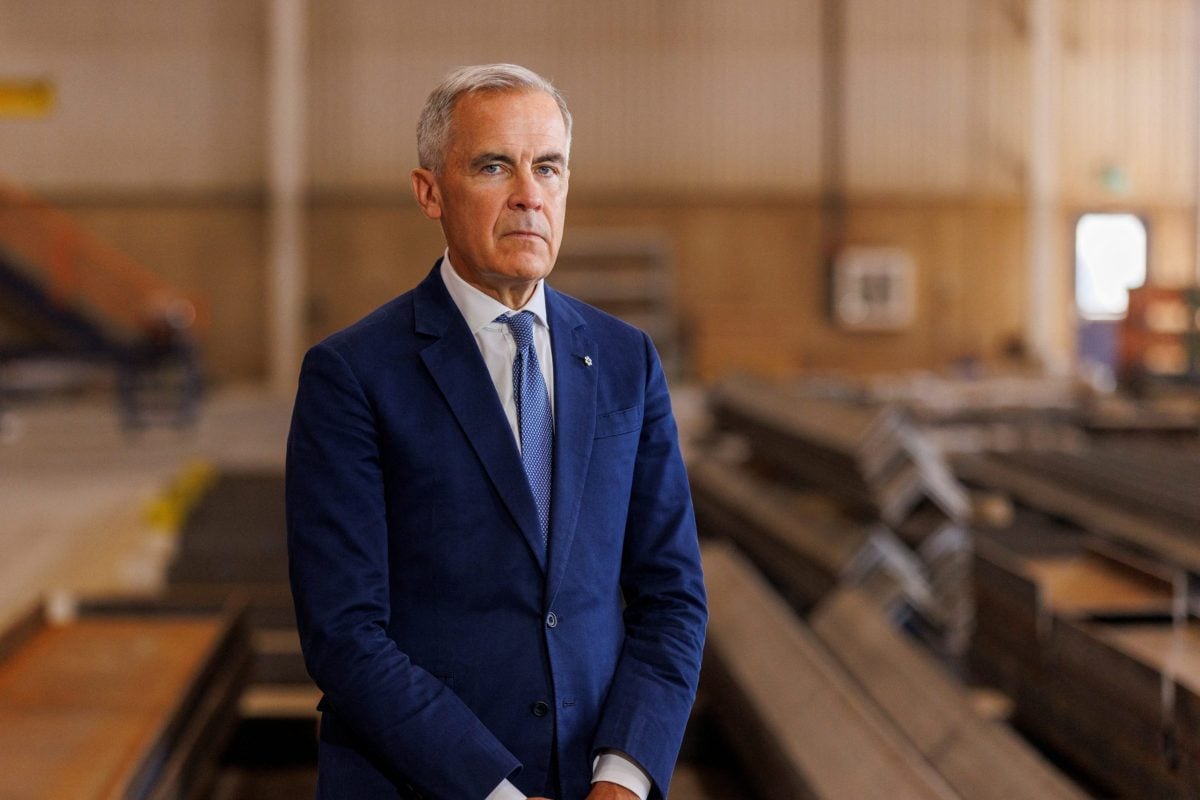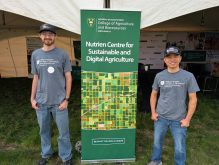MOOSE JAW, Sask. — Today the results of three prairie crop tours held this week will be discussed at a Regina meeting.
For Ali Doroudian, agricultural research analyst with Nidera B.V., the results will inform him and his colleagues at the international trading and marketing company based in Rotterdam, Netherlands.
On the Alberta-Saskatchewan leg of the tour, which concentrated primarily on durum and wheat, Doroudian had his first opportunity to see durum up close and personal in prairie fields.
“Durum in Canada is very important for us, so that’s one thing I wanted to make sure to understand, is what yields are like, and wheat as well,” Doroudian said near the end of the tour’s third day.
Read Also

Canada announces steel tariffs on some trade partners
Prime Minister Mark Carney on Wednesday said Canada will introduce a tariff rate quota for countries with which it has free trade agreements, excluding the United States, to protect the domestic steel industry.
“As far as yields go, they seem OK. Not as good as last year, it seems, but they still seem above average, particularly for durum.
“Maybe two inches of rain are needed to bring it home, but overall it seems good. It seems like we’re going to have a healthy crop again.”
Doroudian is one of several Nidera analysts. The company has offices in Singapore, the United States and South America and constantly monitors global supply and demand for grain and oil commodities.
“We work on the global supply and demand. I work mainly on the grains. That’s why I’m on the Canadian crop tour for wheat,” Doroudian said.
“This is determining supply of wheat in the world, and Canada being one of the major players in the world for wheat production, its important for us to understand how much production we’re going to get from Canada.”
At this point in the tour, the analyst said it appears there will be no supply constraints from Canada, particularly in durum, because the group saw generally above average yields in that crop.
“If we conclude that (Canada) is not going to have any shortfalls, and it looks like it’s not going to have a shortfall, for example, in durum, then we can make decisions based on price and what we’re gong to pay in order to buy durum in the world.
“We can basically relax, knowing there is supply there.”
His leg of the tour yesterday drove south from Swift Current, Sask., east past Assiniboia, Sask., and back northward to Moose Jaw, Sask., examining wheat, durum and some flax and pea crops along the way.
Maturity was variable, with most wheat crops still in or near the end of flowering. Rain is needed across much of this region, although crops are not generally showing stress.
Avery Rusk, who is farming 12,000 acres of durum, wheat, canola, flax, lentils and peas, said his region has received four inches of rain since April and only three-quarters of an inch in all of July.
Despite recent heat, crops are holding their own and he estimates most crops to be above average.
Early seeded canola in the region is faring better than that seeded later, and Rusk estimated his potential pea yields at 35 bushels per acre.
Further east, soil moisture is better and farmer and CWB farm business representative Jason Hanstock guided the tour group to some heavy durum and canola crops.
Soil moisture conditions are better east and north of Assiniboia, all the way through Avonlea, Briercrest and Moose Jaw. Crops are more even throughout that region.

















